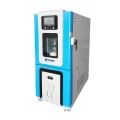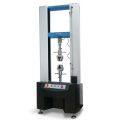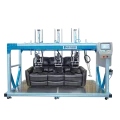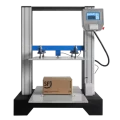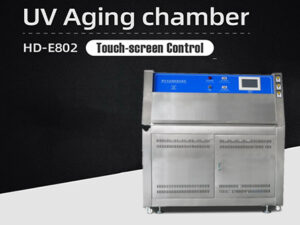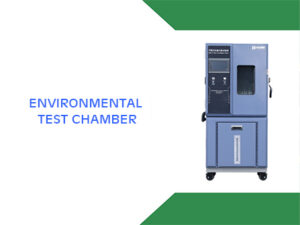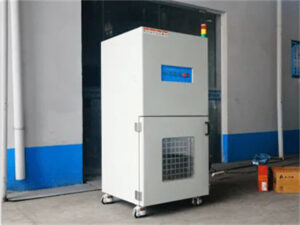The salt spray test chamber is widely used to test the corrosion resistance of various metal materials. These test chambers provide a controlled salt spray environment to simulate severe weather conditions such as those found in coastal and marine environments. However, to obtain reliable test results, the test standards and methods of the salt spray test chamber must be carefully followed.
Salt spray test chamber test standard
The most commonly used testing standards for salt spray chambers are ASTM B117 and ISO 9227. These standards outline requirements for the design, construction and operation of salt spray test chambers. They also specify the test conditions, test duration and evaluation criteria to be used during the test.
ASTM B117 is the American Society for Testing and Materials (ASTM) salt spray test standard. It provides detailed instructions for setting up and operating a salt spray test chamber, as well as guidelines for evaluating test results. The standard recommends a test duration of 24 to 96 hours, depending on the material being tested.
ISO 9227 is the International Organization for Standardization (ISO) standard for salt spray testing. It is similar to ASTM B117 in terms of test conditions and evaluation criteria. However, ISO 9227 includes more detailed instructions for test sample preparation and specifies a wider range of test durations, typically between 24 and 1000 hours.
Test method of salt spray test chamber
In addition to test standards, there are several test methods to follow when using a salt spray chamber. These methods vary depending on the type of material being tested and the specific goals of the test.
One of the most common testing methods is the Neutral Salt Spray Test (NSS). The method consists of spraying a 5% sodium chloride solution at a temperature of 35 °C for a specified time. Test samples were then evaluated for signs of corrosion according to the standards outlined in ASTM B117 or ISO 9227.
Another test method is the acetic acid salt spray test (AASS). The method involves adding acetic acid to a sodium chloride solution to create a more aggressive test environment. Test duration is usually shorter than the NSS method, usually between 8 and 24 hours. The AASS method is commonly used for testing materials exposed to acidic environments, such as automotive parts.
The third test method is the cyclic salt spray test (CCT). This method involves alternating between salt spray exposure and dry conditions to simulate the effects of real-world weather conditions. Test duration can vary from a few days to several weeks, depending on the material being tested and the specific goals of the test.


